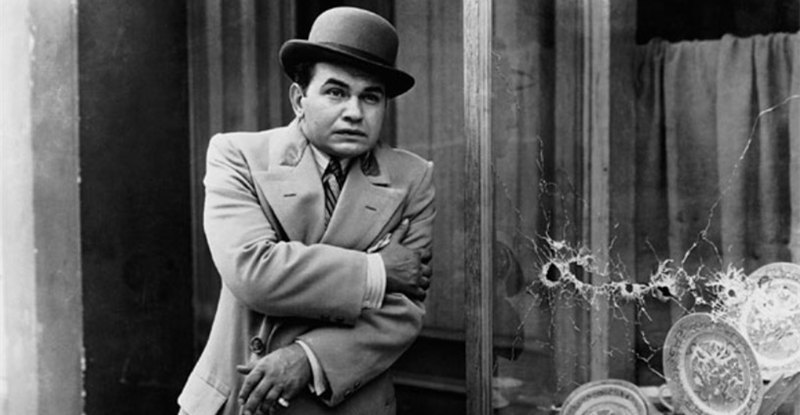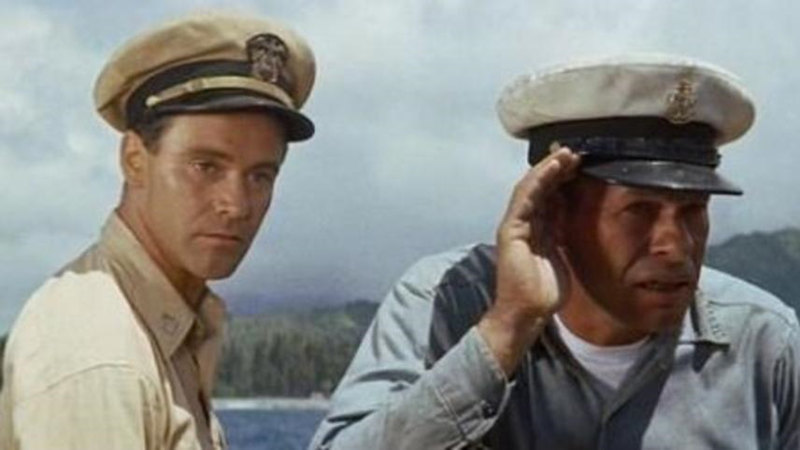Nuri Bilge Ceylan’s film begins at dusk with a fire-breathing dragon that turns out to be a car skirting along a dirt road, its sunset-orange headlights scattered and distended into a tail-shape by plumes of dust kicked up by tires. This stunning image (one of many) is a signal that “Once Upon A Time in Anatolia” inhabits multiple planes of reality.
On the surface, the movie is a plodding police procedural in which the primary mystery has already been solved. There has been a murder and the suspects have already been identified; it is simply up to a caravan of weary policemen and other officials to find the body in the Anatolian countryside. The murderer even wants to cooperate in the search, but he claims to have been a bit drunk and besides “Everything looks kind of the same, to be honest.” He knows he buried the body in a field, there was a round tree… maybe the next field. The police chief, the prosecutor, the doctor, the sergeant, and everyone else are just there to make sure every “i” is dotted, but as darkness settles over the land, the mundane transforms into the mysterious, and we only need to recall the title to know that the story also takes place “once upon a time.”
This is not the “once upon a time” of fairy tales, however, though Ceylan and cinematographer Gohkan Tiryaki conjure more mythical images than just a dragon. When the doctor (Muhammet Uzuner) sneaks away from the crowd to relieve himself, he is startled by a lightning flash that reveals a stone face carved into a nearby rock outcropping, one of many little frissons that occasionally threaten to tip the film into a different genre. Later, when the all-male crew stops at a village mayor’s house for dinner, they are plunged into a blackout and each of the men is enchanted by the angelic vision of the mayor’s daughter bearing a lantern and bringing them food and drink, a prolonged sequence that is, by the way, one of the most achingly beautiful you have seen in some time. But angels and stone masks aside, we are merely in a grim tale, not a Grimms’ Tale.
Rather, “Anatolia” is the literal “once upon a time” of a series of disillusioned men who no longer think about the future because they obsess over the past. The doctor lingers over photographs of happier times and wonders what might have been. The prosecutor (Taner Birsel) is haunted by a recent loss and wonders what really happened. The murderer (Firat Tanis) is literally haunted by the ghost of his victim, though in keeping with the film’s low-key, pragmatic style, this ghost does not yell “Booga booga!” but simply clutches his drink and looks as scared and tired as everyone else.
If the first half of the film, almost completely shrouded in darkness after the first crepuscular images, casts a spell over the viewer, Ceylan gleefully breaks the spell when we are abruptly thrust into the light of the following day. Nighttime enigmas dissolve in the sun, and it is now time to find the body and wrap up the investigation. Ceylan proves just as adept at staging brilliant sequences in the daytime, and the painstakingly detailed scene in which they locate and exhume the body is equal parts morbid and dryly amusing; you don’t survive in this line of work without a sense of gallows humor, after all. You might not be expecting a Clark Gable joke in a Turkish movie, but there you have it.
The movie finishes with a lengthy autopsy which might seem superfluous until you realize that the entire movie is an autopsy of sorts. Ceylan has gathered his group of world-weary characters to take a look inside and find out exactly what went wrong, just how their dreams died, and the details he ferrets out over the less-than-24-hour span of this slow-burn could only have been determined by a master with such a practiced eye. The doctor and the prosecutor are fully fleshed open wounds, but Ceylan takes the time (and this is a long, leisurely-paced film) and has the empathy to listen to just about everyone in this motley group that spans several levels of social class and rungs on the bureaucratic ladder, and each member of the ensemble cast leaves his mark. There is infinite sorrow here, but the film never wallows in it.
Ceylan generally prefers to hang back from the action a bit, letting scenes play out in long master shots which makes repeated viewings particularly rewarding. You can pick a character and observe him even when he lurks on the periphery of the action; look at how the murder suspect slouches, head down, at the edge of the frame as the police haul the body out of the grave. We may not know precisely what he is thinking at that moment, but the widescreen composition (Ceylan constantly explores the edges of his 2.35:1 frame) gives us the opportunity to make an educated guess.
There is one plot strand that hinges on a profoundly misguided perception of suicide, but I don’t have much trouble setting that aside and appreciating this film for the quietly powerful masterpiece that is is. Ceylan has become one of Turkey’s most celebrated filmmakers over the past decade with festival successes like “Climates” (2006) and “Three Monkeys” (2008). I am hardly qualified to judge Ceylan’s position in Turkish cinema (I doubt we get anything resembling a representative sample in America) but I do know what while I was impressed by each of those other films, I was simply blown away by “Once Upon A Time in Anatolia” which won the Jury Grand Prize at Cannes and probably deserved more. At two and a half hours, it does not drag for one second. I had already seen it once, but still watched it twice back-to-back after receiving this DVD.
You can name all the obvious influences you want from Tarkovsky to Kiarostami to your favorite Slow Cinema director of the week, but “Once Upon A Time in Anatolia” is a unique and remarkable achievement from a director who now needs to be on everybody’s radar.
Video:
The film is presented in its original and glorious 2.35:1 aspect ratio. “Anatolia” is an exquisitely beautiful film with some of the finest night/dark sequences in recent memory. It seems like it would be a challenge to capture properly on a digital transfer, but this high-def treatment by Cinema Guild is pretty spectacular. Even a good transfer would produce some noise at the edges of the darker sequences (i.e. almost half the film) but I didn’t see much distortion, if any. The blacks are deep and rich, and the film looks equally spectacular at night or during the day. Even the menu animation gives you a great idea of how gorgeous both the film and the transfer are.
Audio:
The Blu-ray provides both 5.1 and 2.0 DTS-HD Master Audio options. As far as I can tell, the Turkish dialogue is flawlessly recorded and ambient sounds are well separated on the surround channels. The sound design is subtle and filled with lots of silence, but it has a real sense of depth that comes across in both the 5.1. and 2.0. Optional English subtitles support the Turkish audio.
Extras:
Cinema Guild has really done both the film and themselves proud with the stacked extras.
The “Making Of” extra is a feature film unto itself (96 min.) It might try your patience at first because the filmmakers just quietly observe Ceylan, cast, and crew on set as they methodically shape each sequence. Ceylan takes after Kubrick in his fondness for many takes that wear down the actors, and watching that process unfold is both exasperating and exhilarating. Ceylan’s approach to directing actors can be summed up with the line, “That was better, but…” This is an impressive feature that really enhances our appreciation of the film and the people behind it, and not just Ceylan.
“Anatolia in Cannes” assembles quite a bit of footage (49 min.) from the 2011 film festival, including French TV coverage, red carpet footage, the press conference, and the Grand Prize presentation (shared with the Dardennes for “The Kid With a Bike.”)
“Lost in Thought” is a visual essay (23 min.) by Haden Guest, director of the Harvard Film Archive. The audio on this selection is rather poor, but Guest’s analysis is interesting, though I must admit that I skimmed over it as I was in a bit of a haze after the “Making of” doc.
The disc also includes an interview with Ceylan (25 min.) and a Trailer for the film as well as trailers for other Cinema Guild releases.
A slim booklet features an essay by the director.
Film Value:
Cinema Guild has provided an exceptional transfer of a modern masterpiece loaded with extras as impressive as you will find on releases from higher profile studios. Whatever your feelings about contemporary Hollywood, films like “Once Upon a Time in Anatolia” provide incontrovertible evidence that we are living in a golden age of cinema right now.


